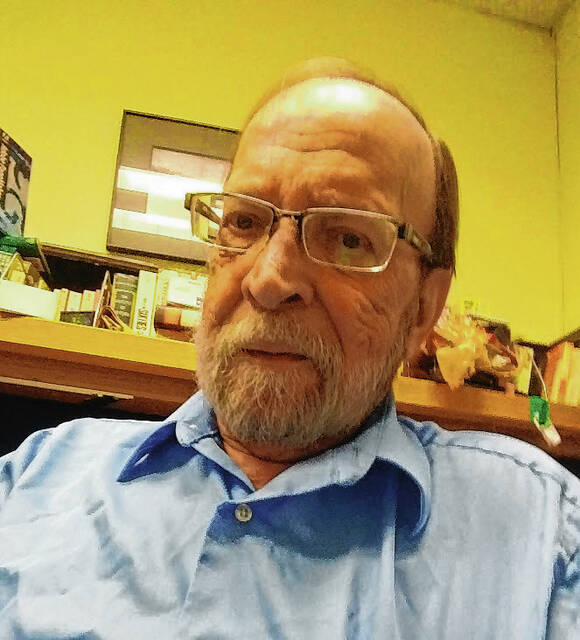A criminal whose guilt is obvious gets off on a technicality, and the great debate begins. You’ve undoubtedly heard it, in real life on the news or in detective fiction in print or on the screen.
Lock the criminal away despite the technicality, says one side. It’s a perversion of justice to let the guilty escape punishment just because police didn’t dot every “i” and cross every “t” in pursuit of, say, a valid search warrant. What about the victim’s rights?
No, says the other side. We have to let the criminal go – otherwise, it will encourage police to keep on “forgetting” proper procedure. Those technicalities protect not just the obviously guilty but anyone who might become a suspect, which could be any of us.
I bring the issue up not because there is an easy answer but because there are a couple of pertinent examples floating around in this session of the Indiana General Assembly.
In a recent column on one of the Legislature’s more spectacular screwups — the plan to ease prison overcrowding that ended up creating overcrowding in most county jails — (“Short session long on unneeded bills, Jan. 15) I included some flippant remarks about lesser bills (meaning little harm would be done) under consideration. One of them would change the way turn signals are enforced.
Under current law, motorists are required to signal 200 feet before a turn or a lane change, which is problematic in dense, urban areas. Under the new law, a turn signal would be required, but when it is engaged would be left to motorists’ discretion.
Basically, I wrote, a law that can’t be followed would be replaced by one that can’t be enforced. But then I got an email from an attorney in Columbus who let me know there was more to the proposed change than I had supposed.
“As you probably know,” he wrote, “law enforcement officers need probable cause to pull over a driver. My sense is that they often have decided that a car looks suspicious before they begin looking for probable cause. What many officers appear to do is spot a car they want to pull over and then follow them until they commit a traffic violation.
“Failure to signal for 200 feet before a turn or changing lanes shows up regularly in police reports as grounds for pulling someone over. After the stop, a call is made to K-9 to do a ‘free air’ sniff while walking around the vehicle … When the K-9 alerts or indicates drugs inside, a search of the interior of the vehicle is conducted.”
Perhaps, he said, “reducing that type of probable cause might reduce stops, searches and criminal charges. Perhaps that would result in a reduction of jail population. Or maybe law enforcement will just follow vehicles until another traffic offense is found.”
The other example involves the proposal to remove the handgun carry permit requirement for law-abiding citizens. This is truly a clash of great ideas.
On the one hand, it is absurd to require a government permit for a constitutional right, such as the one to bear arms. Would First Amendment advocates appreciate needing a permit to freely exercise their right to speech or religion?
On the other hand, removing the permits would make it harder for police to keep track of those who should not, for reasons of public safety, have easy access to handguns. Even many Second Amendment stalwarts seem persuaded by this argument.
In neither case do we have an easily understood law that is uniformly applied to all citizens all of the time, which brings up the real question: What do you think of selectively enforced laws? Always wrong? Always justified? Sometimes necessary but can go too far?
There seems to be a great experiment underway today in selective enforcement of the law in some of our biggest cities, including Indianapolis. Ironically, this has resulted not in safer streets but in an explosion of violent crime. Does that change your opinion?
Which brings up another question. Which would be easier, to rid the streets of millions of guns, or to keep the thousands who misuse them off the streets?
But that is a different column.




